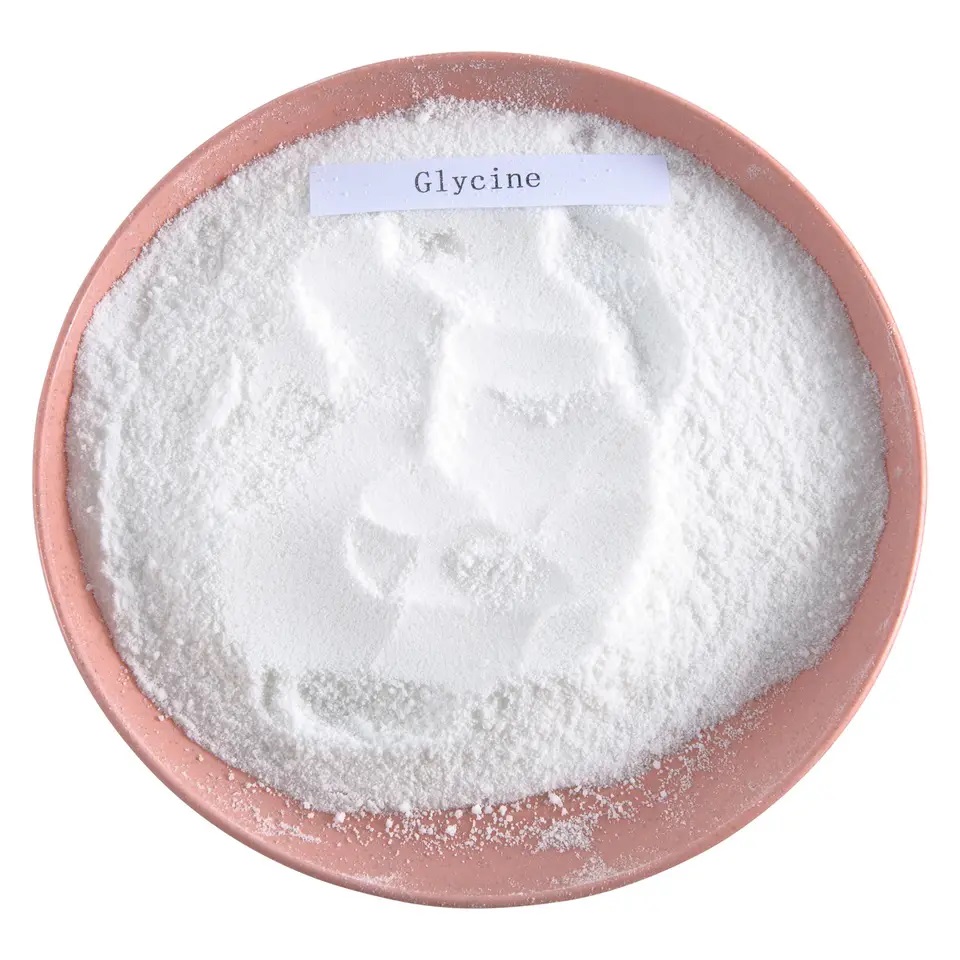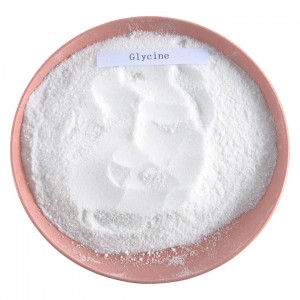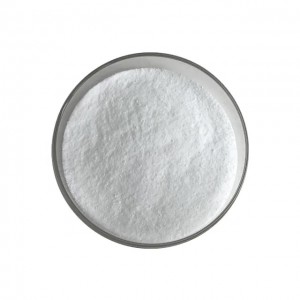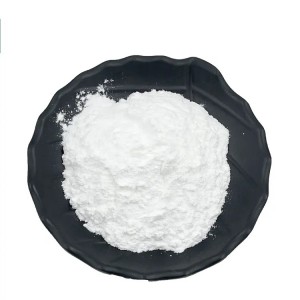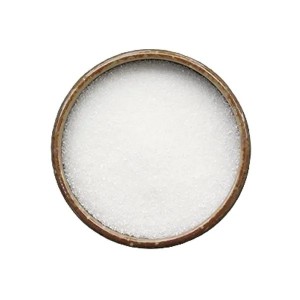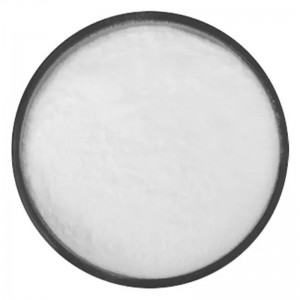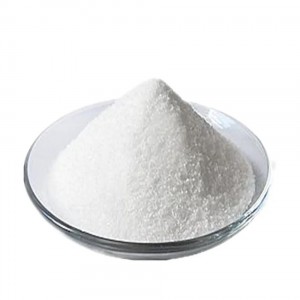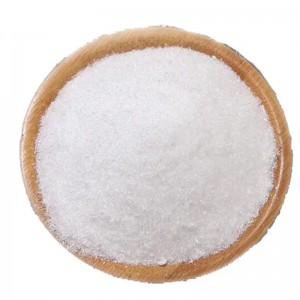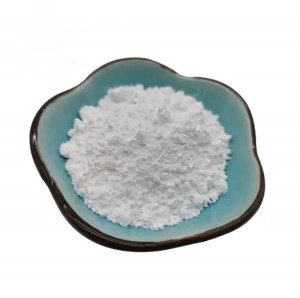| Basic Information | |
| Product name | Glycine,L-Glycine |
| Grade | food/feed grade |
| Appearance | white powder |
| Assay | 99% |
| Shelf life | 2 Years |
| Packing | 1kg/carton; 25kg/drum |
| Characteristic | Soluble in water, alcohol, acid and alkali, insoluble in ether. |
| Condition | Keep in dark place,Inert atmosphere, Room temperature |
What is Glycine?
Glycine is a non-essential amino acid, meaning it is produced naturally inside the body and used as a building block for making proteins. Glycine is found in various high-protein foods, including legumes, meat, and dairy products, and sold in its pure form as a dietary supplement.
Function of Glycine
1. Used as a flavoring, sweetener and nutritional supplement.
2. Used in alcoholic beverage, animal and plant food processing.
3. Used as an additive for the making of salted vegetables, sweet jams,salted sauce, vinegar and fruit juice to improve the flavor and the taste of food and increase the nutrition of food.
4. Used as a preservative for fish flakes and peanut jams and stabilizer for cream, cheese etc.
5. Used as a feed additive to increase the amino acid for the poultry and the domestic animals especially for pets.
Application of Glycine
1.Glycine is the smallest of the amino acids. It is ambivalent,meaning that it can be inside or outside of the protein molecule. In aqueous solution ar or near nertral ph,glycine will exist predominantly as the zwitterion.
2.The isoelectric point or isoelectric pH of glycine will be centered between the pkas of the two ionizable groups, the amino group and the carboxylic acid group.
3.In estimating the pka of a functional group, it is important to consider the molecule as a whole. For example,glycine is a derivative of acetic acid, and the pka of acetic acid is well known. Alternatively, glycine could be considered a derivative of aminoethane.
4.Glycine is an amino acid, a buliding block of for protein. It is not considered an "essential amino acid" beacuse the body can make it from other chemicals. A typical diet contains about 2 grams of glycine daily. The primary sources are protein-rich foods including meat,fish,dairy, and legumes.

